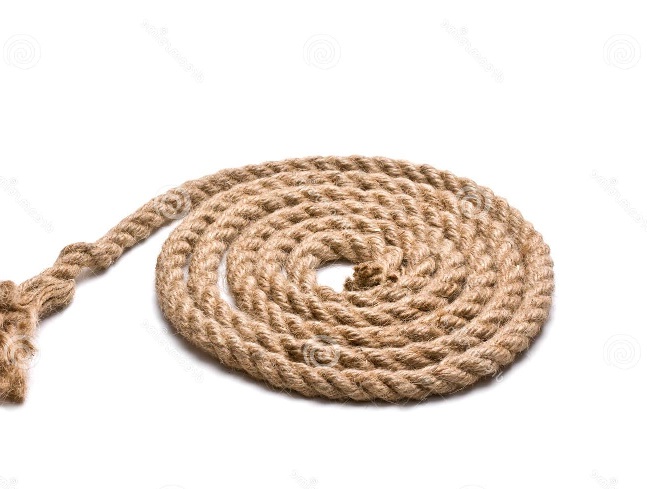The Pho Bak Traditional Hapkido Weapon: A Comprehensive Guide
As practitioners of traditional Hapkido, we understand the value of traditional weapons in our practice. One such weapon is the Pho Bak, also known as the Rope. In this guide, we will explore the history, design, and techniques associated with this unique Hapkido weapon.
The Pho Bak serves as a rope or belt employed as a self-defense tool in Hapkido. This traditional Hapkido weapon is utilized for restraining, immobilizing, or choking an attacker. Notably, the Pho Bak is less intimidating and more easily concealable compared to weapons such as swords or staffs. Rope or belt techniques and training is Pho Bok Sul
History of the Pho Bak
The Pho Bak has its roots in ancient Korean history. The weapon is believed to have originated during the Three Kingdoms period (57 BCE – 668 CE), where it was used as a hunting tool. Over time, it was adapted for use in martial arts, and its design was refined for greater efficiency and effectiveness in combat.
In ancient times, the palace guards of the Korean Royal Court utilized rope techniques to subdue and control trespassers. Since carrying bladed weapons was prohibited within the Royal Court, the guards ingeniously transformed an innocuous-looking length of rope into a weapon.
These techniques involve swift, circular wrapping maneuvers crafted to efficiently ensnare any part of the attacker’s body. The rope is skillfully employed to intercept kicks and punches, seamlessly transitioning into wrapping and trapping the opponent’s limbs.
Design of the Pho Bak
The Pho Bak consists of a length of rope or cord, typically made from silk or hemp. The rope is approximately 5-6 feet in length, with a diameter of approximately 0.5 inches. The ends of the rope are weighted with metal balls or wooden knobs, providing balance and additional striking power.
Techniques with the Pho Bak
The Pho Bak is a versatile weapon, capable of delivering strikes, throws and joint locks. Its length allows for attacks from a distance, while its flexibility enables it to be used in close combat as well. Below are some of the techniques commonly used with the Pho Bak:
- Striking techniques: The weighted ends of the Pho Bak can be used to deliver powerful strikes to an opponent. Strikes can be aimed at various targets, including the head, torso, arms and legs.
- Joint locks: The Pho Bak can be used to apply pressure to an opponent’s joints, causing pain and limiting their movement. Common joint locks include wrist locks, elbow locks, and shoulder locks.
- Throws: The Pho Bak can be used to throw an opponent off balance, enabling the practitioner to take them to the ground. Throws can be executed in various directions, including forward, backward and sideways.
Training with the Pho Bak
Training with the Pho Bak requires proper instruction and safety precautions. Due to the potential for injury, it is important to train under the guidance of a qualified Hapkido instructor. Some safety tips to keep in mind when training with the Pho Bak include:
- Always wear protective gear, including gloves and a mouthguard.
- Practice techniques slowly and with control, gradually increasing speed and intensity over time.
- Start with basic techniques and gradually progress to more advanced techniques.
- Always train with a partner, and communicate with them throughout the training session.
The Pho Bak is a valuable weapon for practitioners of traditional Hapkido. Its unique design and versatility make it a formidable tool in combat. With proper instruction and safety precautions, practitioners can incorporate the Pho Bak into their training and expand their Hapkido skills.
Keen on Further Reading?
We hope this article was insightful. If you’re hungry for more knowledge about traditional martial arts weaponry, please refer to the articles listed below.
Next Martial Arts Weapons article: Plawng – Thailand Long Staff: The Ultimate Guide for Martial Arts Enthusiasts
Previous Martial Arts Weapons article: Nunti Bo – An Okinawan spear with hooks on the side
Browse through this enlightening article showcasing a wide range of Martial Arts Weapons here at Dojo Directory.


